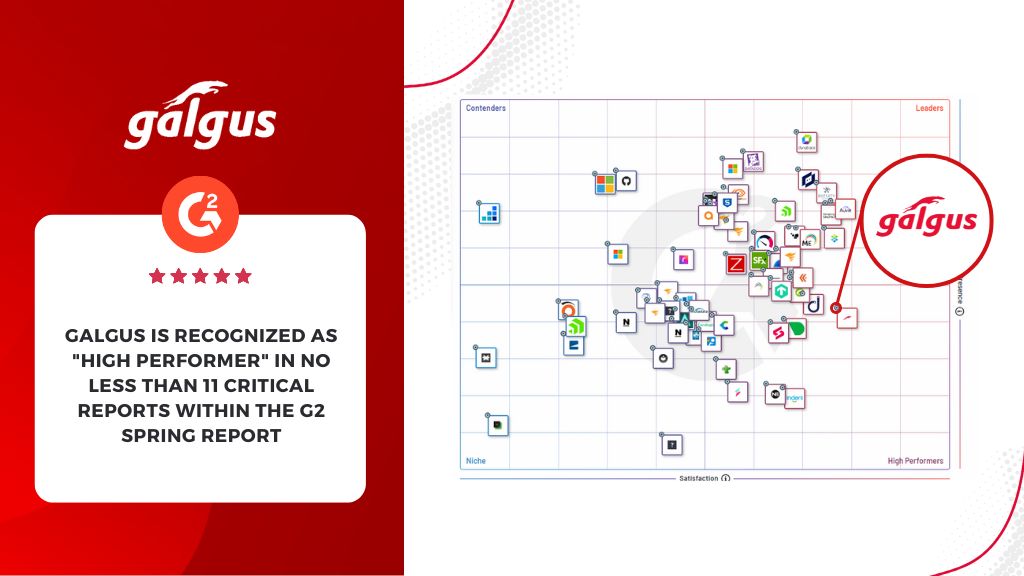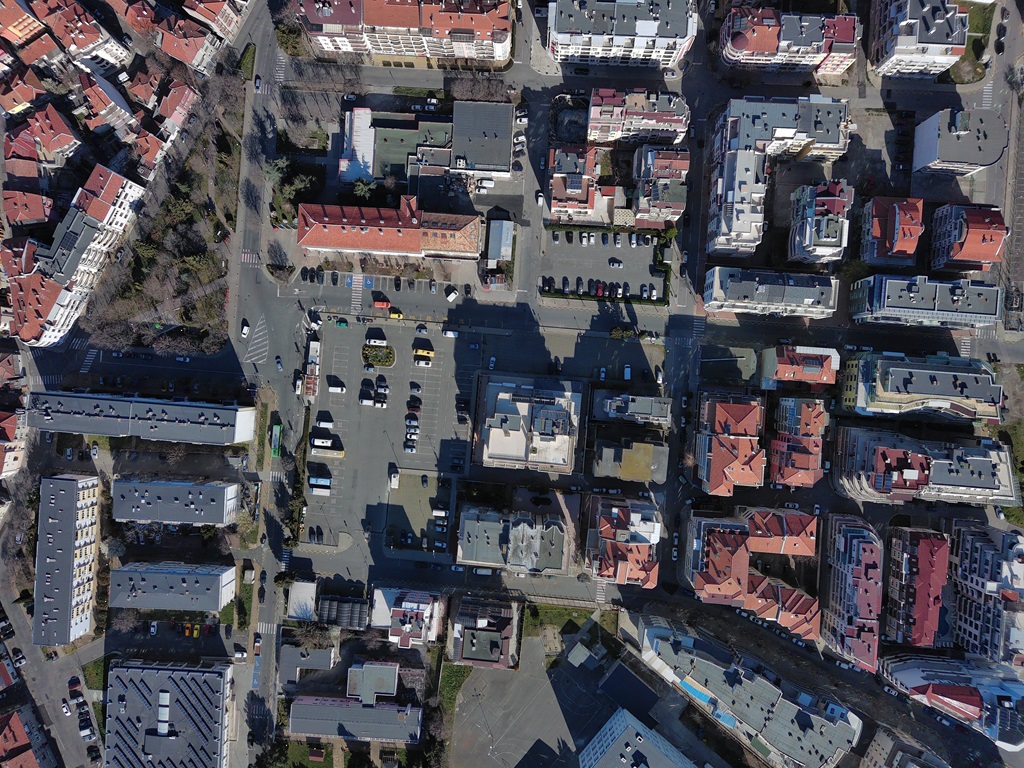Wave 2: What’s new?
Wave 2 is the second phase of 802.11ac devices, expected to flood the market in 2017. Nowadays, devices that reach the consumers in this second phase of the standard, shall be prepared to implement the most impressive characteristics of 802.11ac. Although some are mandatory, most of them will be optional. And that is the field where the vendors shall differentiate their proprietary solutions.

Comparison between 802.11ac phases: Wave 1 and Wave 2.
Before analyzing in depth each one of these novel features, we may summarize that, in 802.11ac wireless networks:
20 and 40 Mhz channels may be merged if they are contiguous in the spectrum (channel bonding) to create an 80 Mhz channel, or even a 160 Mhz channel (only in Wave 2). This is only possible in the 5 GHz band, due to the inherent saturation of the lower 2.4 GHz band. As you may think, this is one of the reasons of 802.11ac for not operating on the legacy spectrum. With Wave 2, in addition, mechanisms for aggregating two non-adjacent channels of 80 Mhz are included.
By raising the modulation from 64-QAM (6 bits per symbol) to 256-QAM (8 bits per symbol), one can bear 33% more information on the same carriers. This is only achievable if the channel conditions are optimal, from an SNR (Signal to Noise Ratio) point of view. A high SNR usually means that the user is close to the AP (Access Point) and without obstacles between them.
The use of multiple antennas shall bring several and diverse benefits. Before Wave 2, 802.11n and 802.11ac used MIMO for:
- Space-time coding for error correction.
- SDM (Space Division Multiplexing) for improving the throughput of one user.
- Beamforming for raising the coverage area on one concrete zone.
However, Wave 2 devices that appear on the market have the chance to add downlink MU-MIMO (from the AP to the user terminals). This allows, for the first time in WiFi networks, to transmit to several users simultaneously, within the same collision domain, without interference. As an analogy of Ethernet wired networks, MU-MIMO transforms the WiFi radio channel from one hub (where only one user may receive at a given time) to a switch, where there is a certain logic so users shall receive different data simultaneously.
“For the first time in WiFi networks, MU-MIMO allows transmitting to several users simultaneously, in the same collision domain, without having interference”
If we have enough antennas, we may combine various of those paradigms to maximize the performance of our network. On one hand, channelization and modulation improvements are relatively easy to implement as an evolution of 802.11n and 802.11ac Wave 1. On the other hand, the magic behind MU-MIMO will be studied further.
Channel bonding
As in previous amendments based on OFDM, 802.11ac Wave 2 divides the available channel onto sub-carriers, each one with 312.5 kHz of bandwidth. They bear an independent bit sequence. Most of them transport user data, but some are dedicated to pilot symbols (known both for the transmitter and the receiver), which help on channel quality measurements.
From 20 Mhz legacy channels in 820.11a, the standard passed to 40 Mhz in 802.11n, and later to 80 Mhz in 802.11ac Wave 1. However, Wave 2 proposes to double the available bandwidth to build a bonded channel of 160 Mhz. In addition, it presents an 80 & 80 Mhz mode to aggregate non-adjacent channels, due to the lack of contiguous free spectrum in the 5 GHz band. Note that several types of civil and military radars work on that band, and their use has priority.

802.11 channels on the 5 Ghz band for Europe (and Japan).
The drawback of using 80 & 80 mode is that, as the channels are far from each other in the spectrum, the device must have duplicated RF (radio frequency) chains, raising considerably the cost and complexity of a deployment. Most of the vendors are sacrificing spatial diversity of MIMO, by using half of the RF chains for each one of the non-adjacent 80 Mhz channels. An AP with 4 antennas shall run on MIMO 4×4 mode (four antennas for transmitting and receiving), unless when it needs the maximum bandwidth and requests 80 & 80 Mhz. In that case, it shall run in MIMO 2×2 mode for each one of the channels.
The fabulous 256-QAM modulation
The increase of the quality of electronics in the RF chains, as well as the channel probing mechanisms, has favored the inclusion of high order modulations like 256-QAM. In QAM modulations, the bit word to be transmitted is mapped to one of the possible symbols of the alphabet. With 256 symbols, we may encode 8 bits within each transmitted waveform, instead of 6 bits (64-QAM modulation), 4 bits (16-QAM modulation), or 2 bits (QPSK modulation). This represents an improvement of at least 33% in spectral efficiency against Wave 1 and legacy releases.

256-QAM constellation on the in-phase and quadrature plane. Comparison with lower order modulations used in modern 802.11 standards.
Thanks to this, two new values of the MCS (Modulation and Coding Scheme) index are available. This physical layer index indicates the modulation and level of protection against errors (code rate) to be used in the transmission. This rate broadly specifies the portion of user information versus the total bits transmitted (the rest is filled with protection bits). The higher this rate (up to 1), the less conservative the transmission, and the better it is supposed to be the radio channel. The assignment has been significantly simplified with regard to 802.11n and can take values between 0 and 9. The last two values (8 and 9) are only unlocked with Wave 2 since they imply a 256-QAM modulation.

MCS index, modulation, and code rate in 802.11ac waves.
“256-QAM represents an improvement of at least 33% in spectral efficiency versus Wave 1 and legacy releases”
Multiuser MIMO
Most of the efforts that have been made over the years to implement Wave 2 solutions on 802.11ac devices are intended to equip APs with downlink MU-MIMO. Certainly, multi-antenna and multi-user communications are capable of separating the collision domains within the radio channel, steering signal where each one of the client terminals is located. To do this, more powerful processors are needed. They shall estimate the state of the channel and adapt the streams of the different transmitting chains in order to form a specific interference pattern.
So far, the MIMO paradigm used in 802.11ac Wave 1 standard was known as SU-MIMO (Single User MIMO), where the AP served data to an exclusive client by using all its antennas to multiplex several spatial streams to the receiver. There was forbidden to send different data to two of three different users at the same time. At most, by using beamforming, one may steer the energy lobe on the interesting direction, and thus gain a few decibels of SNR at the receiver front-end. This shall improve the MCS, and thus the throughput of a single user. However, with MU-MIMO, we can send data to all clients simultaneously, steering different bit streams in the directions of each user.

Comparison between SU-MIMO (left) and MU-MIMO (right) paradigms. With several antennas, one can serve several users at the same time, as long as they are sufficiently separated to form the proper spatial patterns.
How is this done? The theoretical idea behind MU-MIMO has been well known for decades, but until recent advances in technology, it has not been feasible. In order to transmit an OFDM symbol to a particular user (without interfering the others), we shall form a pattern of additive interference just at the point where that user is located, and of destructive interference where the others are. This is known as beamforming and, if we go no further, it has been available for some time in high-end 802.11ac Wave 1 solutions.
“The AP shall form a pattern of additive interference just at the point where that user is located”
However, if we do that for several users, adding the spatial interference patterns, we may send their data stream simultaneously. As said, each user will only get the desired symbol, since the other symbols are attenuated by a pattern of destructive interference at that particular point in space. This works, of course, if the terminals are far enough away from each other. To do that, a protocol is proposed that characterizes the radio channel and acts accordingly, giving instructions to each antenna before transmitting:
The AP sends NDP (Null Data Packet) frames, which do not contain information from higher levels to the different users. These frames intend to probe the radio channel.
- These users decode the frame header and, by using advanced signal processing techniques, extract relevant information about how the channel behaves at that specific time.
- They send compressed information to the transmitter AP, with instructions about how to steer the beam (by electronic means) to create a constructive pattern in their area.
- The AP receives this information matrix from all the users to be beamformed, and adapts its RF chains for that purpose: the transmitter multiplies each symbol assigned to a user by the calculated interference pattern.

Channel probing, feedback, and adaptive beamforming to steer information for each user.
Note that this complex process of adaptive probing has an important computational cost, but it is also expensive from the protocol and spectral efficiency point of view. Nevertheless, MU-MIMO implies several advantages, so nobody doubts that it will be present on the next-generation wireless communication standards for several years.
Conclusions
Galgus manufactures smart WiFi solutions. We develop technology that enables performance improvement of high-density 802.11 networks, reducing the noise level in the environment, and promoting a more efficient and responsible use of resources.
With its recognized CHT (Cognitive HotspotTM Technology), Galgus provides to various vertical markets a rounded solution that solves the main challenges that WiFi networks are facing nowadays. Among the main benefits of our patented technology, we shall highlight that CHT increases network capacity, reduces interference, prevents congestion and slow data rates, reduces EMIs (Electro-Magnetic Interference) to critical systems, and enables automatic configuration – automatic failure detection and recovery.

In this article, we have analyzed the promising improvements introduced by the second phase of 802.11ac devices, namely Wave 2, in the context of advanced wireless communications. Sooner or later, WiFi network administrators will have to study when and how to migrate their technology to Wave 2. The aim of this document is to clarify any doubts that may arise about the advantages of the new phase of 802.11ac standard in a real-world wireless network.
“WiFi network administrators will have to study when and how to migrate their technology to Wave 2”
At this point, it should be clear that 802.11ac Wave 2 presents very attractive enhancements for a WiFi network in terms of throughput, spectral efficiency, and multiuser service. However, the inclusion of a new technology in an already deployed network is always a costly decision. It is true that APs with Wave 2 technology will be cheaper in the coming months, so the network architect should consider when to update their devices. Note that some of Wave 2 most important features, such as MU-MIMO, require terminals on the other end that understand and implement these new features. Other features may be achieved by client software updates, or simply not be available for low-end devices.
In any case, if the administrator has an old and overloaded network, due to the high density of users demanding multimedia content, and is considering on investing to improve performance, the inclusion of APs with the new 802.11ac Wave 2 technology will surely be the better option.








